Professional visits
There are two tour options on 8th October for registered conference delegates:
A. Lithuanian National Radio and Television
B. Lithuanian Institute of Literature and Folklore combined tour with Lithuanian Central State Archive
You should indicate your preference when you register online. Professional visits are included in the Full Registration price or the Day Registration of 8 October.
|
The Lithuanian National Radio and Television archives comprise three large archives: the Radio archive, the Television archive and the Television news direction archive. |
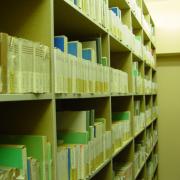 |
| The unique and extensive Lithuanian Radio audio archive accumulated over many years is being opened to the public. | 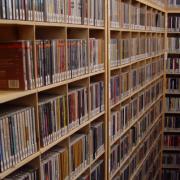 |
| Currently, audio material (Lithuanian history and its cultural heritage) preserved in the LR archives (about 40,000 hrs) includes recordings on audio tapes and vinyl, dating from the beginning of the 20th century, through the Soviet period, to present day independent Lithuania. | 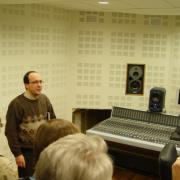 |
| Today LR is in the process of digitizing its radio archives and saving on modern carriers, and making them available to the public through the Internet access. | 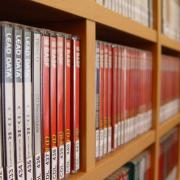 |
| Visitors entering the Lithuanian Radio virtual audio library can now access a vast amount of knowledge on historical-cultural heritage, for self-education, scientific research or creative activities. | 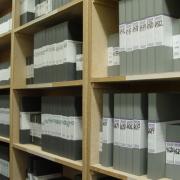 |
|
The LR archive offers a large choice of music works, radio plays, fairy-tales for children, historical and culture programmes recorded at the LR Studio. The Archive also contains the latest live productions. The recently implemented project Creation of the Lithuanian Radio Virtual Audio-library was funded by the European Union and the Government of Lithuanian Republic: http://lrvab.lrt.lt/en/ |
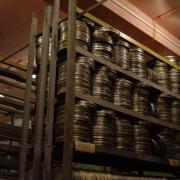 |
